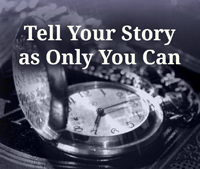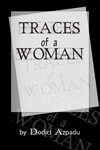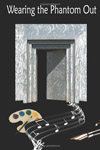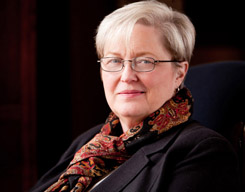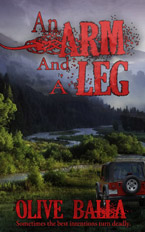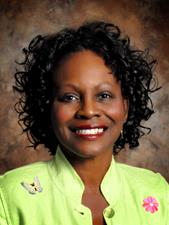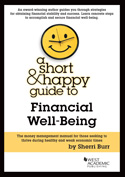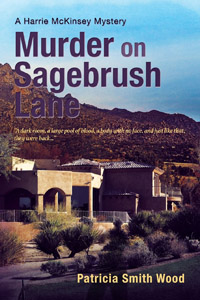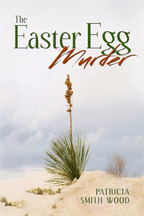by Bentley Clark
 Write what you know. This ubiquitous advice is espoused on the first day of writing workshops, classes, and seminars all across the country. Need a story idea? Write what you know.
Write what you know. This ubiquitous advice is espoused on the first day of writing workshops, classes, and seminars all across the country. Need a story idea? Write what you know.
Story not going as planned? You must not be writing what you know. Won the Edgar Award? Congratulations, you wrote what you know.
As I’ve been polishing a short story for a contest submission, I’ve been trying to figure out what this advice means and whether or not I have successfully put it to work in my own writing.
Aged and experienced writers—whilst sitting in wing-backed chairs at their club, drinking brandy and comparing leather elbow patches—must discuss this advice on a semi-regular basis.
Someone muses about writing and knowledge and they all nod sagely. They jovially pat one another on the back and exchange the secret handshake. Oh, yes. These writers know what it means to write what you know.
Yet, for many of the rest of us, the subtle—and even the overt—meaning of “write what you know” seems open to interpretation. Some opine that the advice should be taken literally: Live in New York; write about living in New York. Grew up poor; write about growing up poor. Others assert the advice is a commandment to write about your truth-with-a-capital-T: Married to an alcoholic; write about the mutually destructive nature of co-dependence. No siblings; write about loneliness and feelings of alienation. No doubt, both approaches have led to great literature.
One of my favorite authors is a lovely, well-coiffed, happily-married, mother-of-two living in Dorset, England. She also happens to write dark psychological thrillers with disturbed main characters who perpetrate garish misdeeds. So, given this paradox, how does “write what you know” come into play in her work? Surely she doesn’t actually know how to kill a person with a scold’s bridle. Not literally anyway. Not the actual mechanics of the task. And I doubt when she was in the planning stages of her book she looked to her diary to consider which of her recently successful murders to mine for her craft. But I bet she knew what it was like to loathe a gossip monger enough to want to murder her. (And what better way to accomplish it, really, than with a scold’s bridle?)
Now, while I admit I live for the vicarious experience of doing something unseemly, something taboo, I also find myself questioning the mind that created the experience for me. With stories that contain even the hint of something untoward, I assume that the writer knows whereof they write and I fear the same.
So, imagine my surprise when a character came galumphing out of the shadows of my imagination about a year ago demanding that his rather grotesque story be told. As soon as he appeared, we had something of a come-to-Jesus-meeting, he and I. I sat him down and informed him that I was not the right person to write his story—I am a nice person from a nice family who doesn’t write about the sort of deeds he had in mind. Rather self-righteously, I also informed him that I couldn’t write his story because I don’t know a single thing about who he is or why he wants to do the things he wants to do.
His solution to the problem of my ignorance was to hound me for months. I would be sitting in the car at a stoplight and he’d tell me all about the career he wanted or about the type of girl he would date. I would be shopping at Target and as I walked past the shoe department, he would pick out the pair of shoes he couldn’t live without. In short, this character of mine was working to ensure I would have no time to myself if I didn’t put his story down on paper.
So, I opened up a new document on my computer and I wrote his story—filled with the things I know: idiosyncrasy, obsession, solitude, and a singular need to capture the world as I see it. My character had already fleshed out (no pun intended) his physical appearance and the comings and goings of his everyday life. The only gap left in my knowledge was the scientific details and consequences of his deed. Easy research.
Now, I can’t say that I have the answer to the definitive meaning of “write what you know.” But I can tell you that by infusing a character with some of my truth-with-a-capital-T, I was able to create a piece that I’m quite proud of. Even at the cost of having to research pig putrefaction.
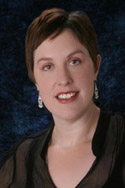 In 2011, Bentley Clark had a conversation with the character she writes about in this article. Click here to go to Anne Riley’s blog to read that exchange.
In 2011, Bentley Clark had a conversation with the character she writes about in this article. Click here to go to Anne Riley’s blog to read that exchange.
This article was originally published in the May 2012 issue of SouthWest Sage, and is reprinted here by permission of the author.
Image “Out Of One\’s Head, Relax The Brain” courtesy of thaikrit / FreeDigitalPhotos.net

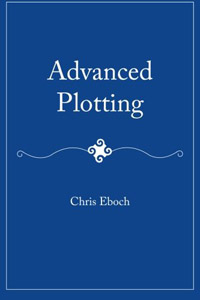
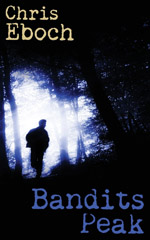

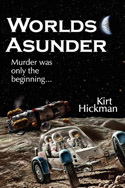
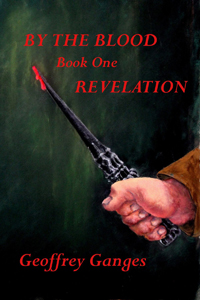
 KL Wagoner (writing as Cate Macabe) is the author of This New Mountain: a memoir of AJ Jackson, private investigator, repossessor, and grandmother. She has a new speculative fiction blog at
KL Wagoner (writing as Cate Macabe) is the author of This New Mountain: a memoir of AJ Jackson, private investigator, repossessor, and grandmother. She has a new speculative fiction blog at 
